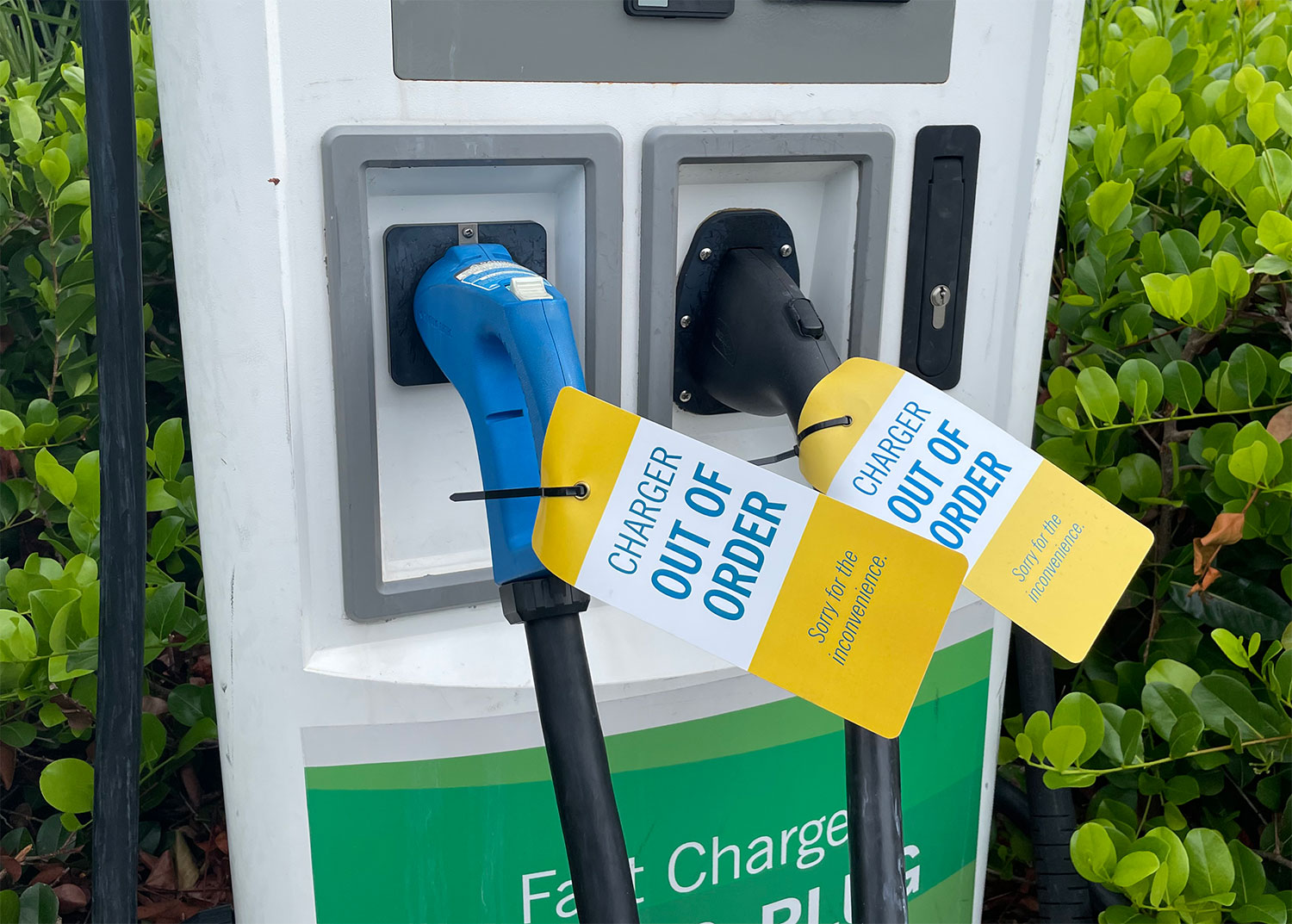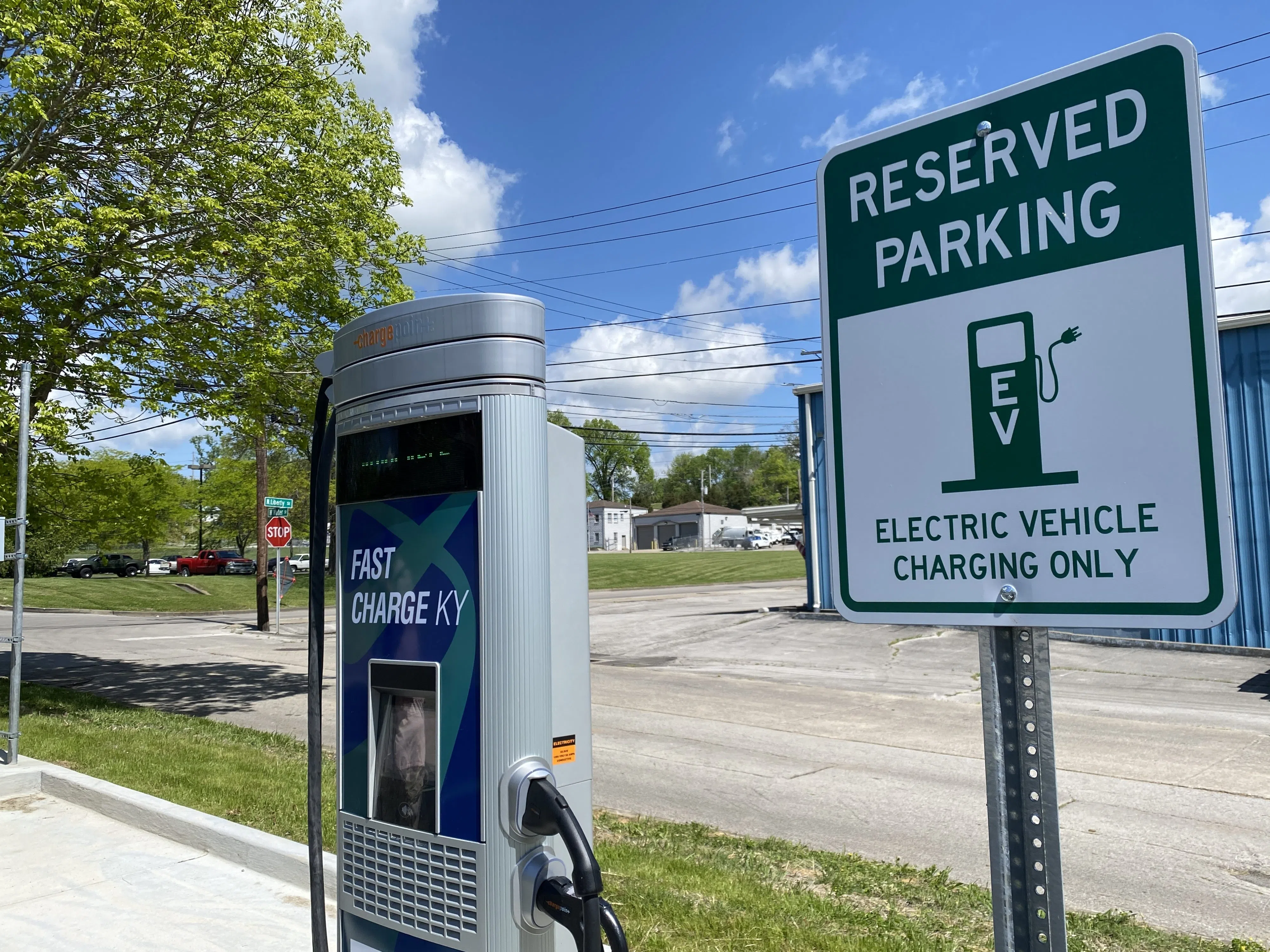Everything You Should Know Before You Decide to Buy EV Charging news
Everything You Should Know Before You Decide to Buy EV Charging news
Blog Article
Leading EV Charging Information: Trick Updates on Infrastructure and Advancement

Recent Advancements in Fast-Charging Innovation

Additionally, advancements in battery innovation, consisting of improved thermal administration systems and greater power density batteries, enhance fast-charging capacities. These developments alleviate the threat of battery degradation during rapid charging, making certain durability and efficiency for EV owners.
In addition, the combination of clever charging remedies is improving customer experience, enabling real-time surveillance and dynamic pricing designs. EV Charging news. This versatility permits drivers to optimize charging prices and times based upon grid demand
As automakers remain to purchase fast-charging networks, the partnership in between sector stakeholders is essential. Partnerships between charging station carriers and automotive producers are paving the method for substantial insurance coverage, ultimately promoting a much more robust EV community. These developments are essential in supporting the transition to sustainable transportation.
Government Initiatives for Charging Expansion
Government initiatives play a vital function in the development of electrical car (EV) charging facilities, facilitating the transition to sustainable transport. Various government and state programs are being applied to boost billing availability, lower the monetary problem on customers, and promote the adoption of electrical cars.
Notably, the U.S. federal government has actually assigned substantial funding via the Facilities Investment and Jobs Act, which earmarks $7.5 billion for EV billing network development throughout the country. This funding is focused on deploying hundreds of new charging terminals, especially in underserved areas, thereby dealing with array stress and anxiety amongst prospective EV buyers.
Additionally, numerous states are enacting legislation to improve the allowing procedure for charging station installments, which is vital for increasing release. Rewards such as tax credit reports and rebates for both customers and companies are also being presented to urge the setup of charging facilities.
Moreover, public-private partnerships are progressively ending up being a focus, leveraging private investment to complement government financing. These efforts emphasize a collective method vital for building a detailed and reliable EV billing network, inevitably adding to a greener and even more sustainable future.
Innovative Battery Solutions Enhancing Effectiveness
Transforming the landscape of electric automobile (EV) technology, cutting-edge battery solutions are substantially enhancing effectiveness and performance. Developments in battery chemistry, especially with lithium-sulfur and solid-state batteries, are causing raised energy density, which enables longer ranges and faster charging times. These brand-new battery types have the possible to exceed traditional lithium-ion batteries by offering greater capabilities while minimizing weight, therefore boosting general vehicle performance.
In addition, developments in battery monitoring systems (BMS) are enhancing power use and expanding battery life expectancy. Intelligent formulas keep track of battery health and wellness and efficiency, enabling real-time changes to charging and discharging procedures. This not only boosts the effectiveness of the battery yet also ensures a much more trustworthy and lasting power resource for EVs.
Additionally, the integration of recycling technologies is dealing with the environmental impact of battery manufacturing and disposal. Technologies in second-life applications for EV batteries are promoting their usage in energy storage space systems, adding to a circular economic climate.
As these innovative battery options continue to develop, they promise to transform the EV market, making electrical lorries much more obtainable and enticing to a wider audience while supporting global sustainability objectives.

Collaboration Between Automakers and Billing Networks
Acknowledging the critical requirement for a robust charging facilities, automakers are significantly teaming up with charging network carriers to boost the EV ownership experience (EV Charging news). These collaborations intend to produce a seamless billing environment that benefits customers and sustains the shift to electric vehicles
Significant automotive brands are signing up with pressures with recognized billing networks to broaden their charging terminal coverage, making check my site certain drivers have accessibility to practical and trustworthy charging choices. For example, collaborations with networks like ChargePoint and Electrify America allow car manufacturers to incorporate charging options directly into their lorries' navigation systems, leading users to the nearest stations and supplying real-time accessibility updates.
Furthermore, these cooperations frequently cause the development of fast-charging innovations that substantially lower the moment needed to recharge an EV. By pooling resources and knowledge, car manufacturers and billing networks can innovate much faster, producing options that meet the growing demand for electrical movement.
In addition, joint efforts may additionally result in more standardized billing methods, which can minimize consumer confusion and promote broader EV adoption. Overall, these critical why not look here partnerships are crucial in developing a effective and straightforward billing infrastructure that meets the demands of an expanding electric lorry market.
Difficulties Dealing With EV Billing Framework
As the electrical lorry market remains to expand, a number of difficulties are emerging that prevent the growth of an extensive charging infrastructure. One of the key barriers is the inadequate number of charging stations, particularly in underserved and rural metropolitan areas. This space develops range anxiousness among prospective EV buyers, discouraging them from making the switch.
Furthermore, the lack of standardization in billing innovation makes complex the facilities landscape. Variations in plug types and billing rates can create confusion for customers and enhance functional complexities for billing network drivers.
One more pushing problem is the high price connected with the setup and upkeep of charging stations, which can be a barrier for both private businesses and public entities. Finally, regulatory obstacles and zoning constraints can delay the release of billing infrastructure, hindering development in broadening important solutions. Addressing these obstacles will certainly be important for promoting a durable EV environment that sustains the shift to lasting transportation.
Final Thought
In verdict, the ongoing improvements in EV billing technology, supported by considerable government efforts and innovative battery solutions, are important more information for the expansion and performance of electric car facilities. Cooperations between automakers and billing companies additionally boost terminal protection, resolving the expanding demand for available charging options. Despite challenges that linger within the EV billing landscape, these advancements symbolize a favorable trajectory in the direction of an extra lasting and effective electric lorry ecosystem.
Technologies in charging framework have led to the advancement of ultra-fast battery chargers capable of providing up to 350 kW of power, considerably lowering charging times. Variations in plug kinds and billing rates can produce complication for individuals and enhance functional complexities for billing network operators.In conclusion, the ongoing advancements in EV billing innovation, sustained by considerable government campaigns and ingenious battery remedies, are crucial for the growth and efficiency of electrical car infrastructure. Collaborations in between automakers and billing companies further improve station protection, addressing the expanding demand for easily accessible billing choices. Regardless of challenges that linger within the EV charging landscape, these advancements indicate a positive trajectory in the direction of a more efficient and sustainable electrical vehicle ecological community.
Report this page